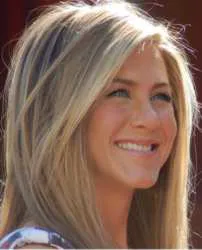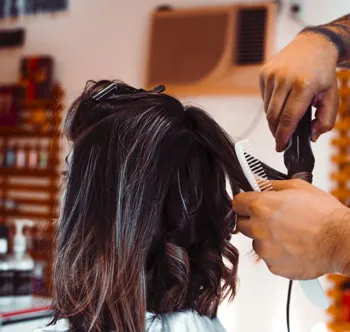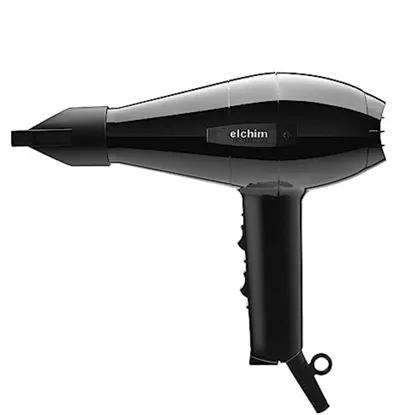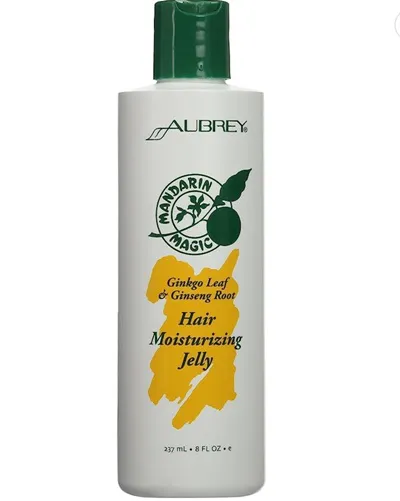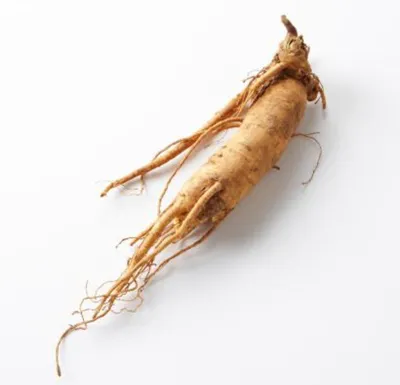 Forum Home
Forum Home
Haircoloring Introduction to Color....

Claude 

Junior Member
Joined: Jan 07, 2002
Location:
Posted: Feb 20, 2006 at 8:42pm

Claude 

Junior Member
Joined: Jan 07, 2002
Location:
Posted: Feb 20, 2006 at 8:42pm

Claude 

Junior Member
Joined: Jan 07, 2002
Location:
Posted: Feb 20, 2006 at 8:42pm

Claude 

Junior Member
Joined: Jan 07, 2002
Location:
Posted: Feb 20, 2006 at 8:42pm

Claude 

Junior Member
Joined: Jan 07, 2002
Location:
Posted: Feb 20, 2006 at 8:42pm

Claude 

Junior Member
Joined: Jan 07, 2002
Location:
Posted: Feb 20, 2006 at 8:42pm
KellyH 

Junior Member
Joined: Aug 16, 2005
Location: United States
Posted: Feb 20, 2006 at 8:42pm
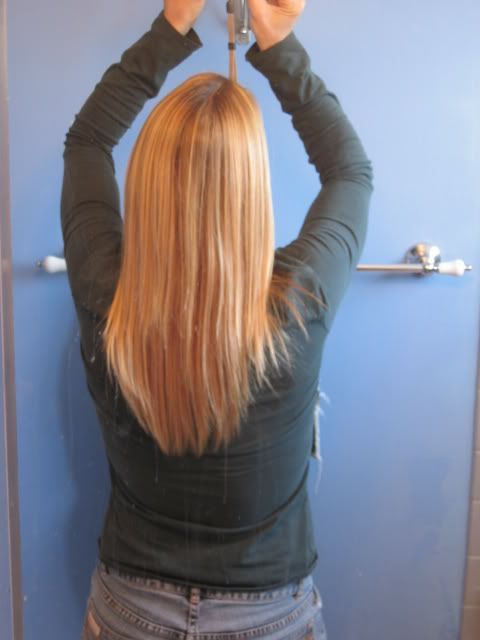
Rebekah 

Member
Joined: Jan 29, 2005
Location: United States
Posted: Feb 20, 2006 at 8:42pm
kooky 

Newbie
Joined: Jul 31, 2005
Location:
Posted: Feb 20, 2006 at 8:42pm

Claude 

Junior Member
Joined: Jan 07, 2002
Location:
Posted: Feb 20, 2006 at 8:42pm
maria 

Newbie
Joined: Jan 17, 2006
Location: United States
Posted: Feb 20, 2006 at 8:42pm

Claude 

Junior Member
Joined: Jan 07, 2002
Location:
Posted: Feb 20, 2006 at 8:42pm

Rebekah 

Member
Joined: Jan 29, 2005
Location: United States
Posted: Feb 20, 2006 at 8:42pm

Rebekah 

Member
Joined: Jan 29, 2005
Location: United States
Posted: Feb 20, 2006 at 8:42pm

Claude 

Junior Member
Joined: Jan 07, 2002
Location:
Posted: Feb 20, 2006 at 8:42pm
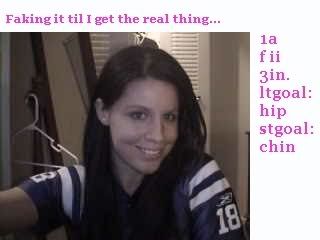
Longhairdreams 

Senior Member
Joined: Mar 31, 2005
Location: United States
Posted: Feb 20, 2006 at 8:42pm

Rebekah 

Member
Joined: Jan 29, 2005
Location: United States
Posted: Feb 20, 2006 at 8:42pm
aubergine 

Junior Member
Joined: Aug 14, 2005
Location: England
Posted: Feb 24, 2006 at 8:42pm
pasdebourre 

Newbie
Joined: Dec 08, 2005
Location:
Posted: Mar 03, 2006 at 8:42pm

Claude 

Junior Member
Joined: Jan 07, 2002
Location:
Posted: Mar 05, 2006 at 8:42pm
Miffny 

Junior Member
Joined: Apr 03, 2006
Location:
Posted: Apr 03, 2006 at 8:42pm

Claude 

Junior Member
Joined: Jan 07, 2002
Location:
Posted: Apr 03, 2006 at 8:42pm
Miffny 

Junior Member
Joined: Apr 03, 2006
Location:
Posted: Apr 03, 2006 at 8:42pm
Miffny 

Junior Member
Joined: Apr 03, 2006
Location:
Posted: Apr 04, 2006 at 8:42pm
Miffny 

Junior Member
Joined: Apr 03, 2006
Location:
Posted: Apr 04, 2006 at 8:42pm





 I had my hair foiled all over within a year to become a block blonde as I am 30% salt'n'pepper grey - I used Goldwell Topchic 10N with P-Mix 30 vol for 2 years no problems went down in 30 minutes no yellowy gold.
I had my hair foiled all over within a year to become a block blonde as I am 30% salt'n'pepper grey - I used Goldwell Topchic 10N with P-Mix 30 vol for 2 years no problems went down in 30 minutes no yellowy gold.
